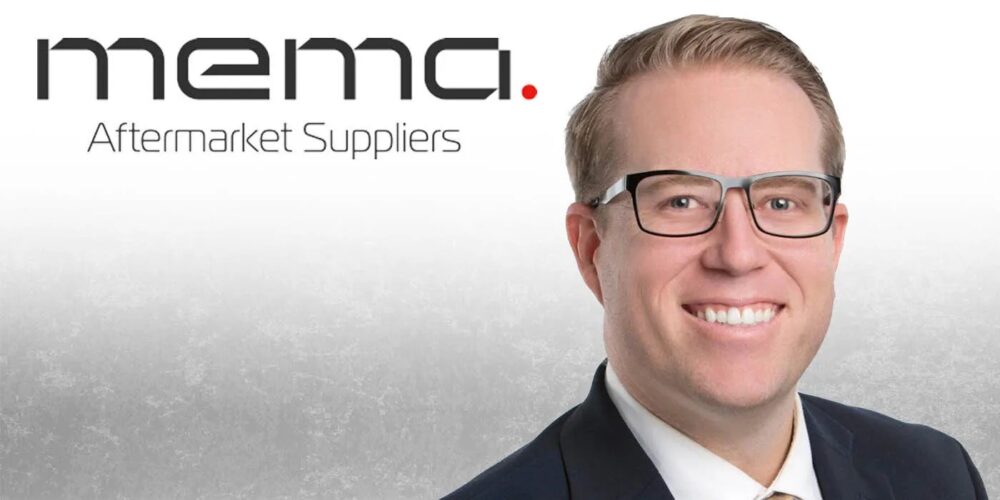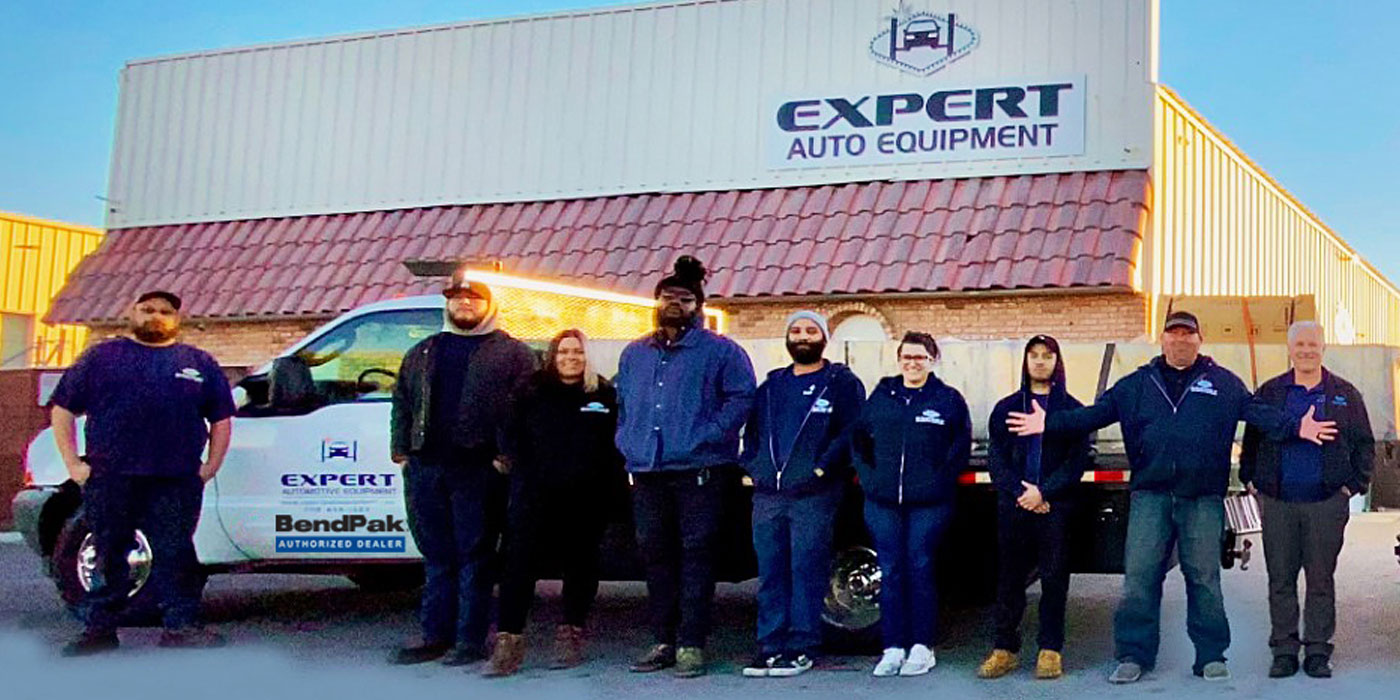1. Telematics
Back in the early days of telematics, Motorola (the company that coined the term) defined it as an “automotive communications technology that combines wireless voice and data to provide location-specific security, information, productivity and in-vehicle entertainment services to drivers and their passengers.”
Oh, but these days, it’s so much more.
Sure, telematics can do handy things like locate stolen vehicles, unlock doors or summon help when an airbag deploys. But there’s something else telematics can do: remotely “talk” to the onboard powertrain computer and report vehicle problems back to OEM. This report then triggers a notice to the driver, prompting him to make a service appointment at the dealership, effectively cutting the aftermarket out of the entire service and repair equation.
Need an oil change? Telematics will tell you and offer to schedule an appointment at the nearest dealership. Check engine light on? Telematics can tell you there’s a problem and suggest dealership-friendly service options.
Could telematics be the greatest threat or the greatest opportunity for the aftermarket? Time and a recently commissioned study will tell, but as for now, telematics poses a significant challenge to the aftermarket parts and service industry as it tries to figure out how it will insert itself into this closed OEM system.
Telematics is an influence that very well could have a major impact on how motorists decide where to get their vehicles serviced, and by extension, which parts — aftermarket or OE — will be used.
2. The Right — and Ability — to Repair
The repair process is much more than fixing cars. Motorists want their vehicles fixed, but they also want it done at a fair price and done completely. They want to know that the vehicle was handled by a professional, that their hard-earned money was spent with a technician who knows what he’s doing.
Consider what happens when one of your customers has to send a vehicle to the dealer, regardless of the reason. It screams loud and clear that the aftermarket isn’t able to fix the vehicle. It says that the aftermarket is not technically savvy. That our parts are not OE grade. That our vehicles aren’t in expert care. That our technicians are somehow less than a dealer tech. And that’s a problem.
There is an agreement from vehicle manufacturers to provide repair information. There are also ongoing efforts to legislate the access of repair information. But none of this is free, and if repair shops are not willing to spend the dollars on the information, tooling, technical training and equipment required to properly and thoroughly service today’s and tomorrow’s vehicles, neither legislation nor handshake agreements will magically make aftermarket technicians able to fix current OE problems — and that influences every single one of us in the aftermarket.
3. Growth of Foreign Nameplates
Everyone knows that the total number of vehicles in the United States is growing. Understanding the types of vehicles that comprise that total, however, helps the aftermarket understand the parts it must manufacture and stock.
Over the last five years, registrations of new vehicles have increased by 84.4 million vehicles. Over the same time period, 56.6 million vehicles were scrapped, for a total net growth of 27.8 million vehicles. By looking at the types of vehicles that comprise these three groups, some interesting trends begin to emerge.
When taking into consideration the sales and scrappage rates of each nameplate, one can see that the majority of the net growth in the vehicle population is among foreign namplates, specifically Toyota, Honda and Nissan. In fact, these three represent 45 percent of the net vehicle population growth since ’01. This is because domestic vehicles are being scrapped at higher rates than their foreign counterparts and more foreign nameplates are being added to the vehicle parc than domestics. The percentage of foreign vehicles on the road is therefore growing faster than sales numbers might initially indicate.
The result of this influence is that more and more distributors are looking for new and deeper sources for import applications. Distributors such as Advance Auto, CARQUEST and most recently Uni-Select have either made import parts supplier acquisitions or, in the case of Uni-Select, have launched its own line of import parts.
As the vehicle population changes, the aftermarket must change with it, influencing the sources, brands and applications that the industry offers.
4. Aftermarket vs OE Brands
Which brands do your technician customers prefer? As an aftermarket distributor, you’d hope they’d want the aftermarket brands you stock. That’s not necessarily the case.
According to Industrial Marketing Research, nearly 29 percent of parts installed in the aftermarket are sourced through dealer channels — and that’s with a somewhat disinterested effort by the nation’s dealer network. Imagine what would happen to aftermarket parts sales if these dealers were to suddenly get serious about selling parts. There certainly are financial reasons for them to do so. According to NADA, the majority of the average dealer’s net profit does not come from new or used vehicle sales — it comes from parts and service.
This, combined with the fact that technicians prefer OE brands in a growing number of product categories has the potential to influence the aftermarket in major ways.
5. New Technologies
New vehicle technologies are fundamentally changing the way technicians service and repair vehicles. By extension, it is also changing the types of parts stocked through aftermarket distribution channels.
Do your technician customers have the ability to service hybrids, for example? Does your program group offer the right kinds of training to help them grow their skills? Does your store stock the kinds of parts that are able to fix every type of vehicle on the road? Are your counter professionals able to talk about new technologies such as hybrid powertrains with the same level of expertise they have for traditional systems?
How the aftermarket answers these questions will influence its ability to be competitive in the future.
6. Company-Owned Stores
Are the days of mega store acquisitions over? They might have slowed, but the growth of the largest store operators has not ended. In fact, today’s largest store groups wield far more influence today than they did even five years ago.
For the market, this growth (generally through acquisition) means that a higher percentage of the total number of stores is controlled by a smaller and smaller number of companies. In fact, according to Counterman’s Super Stores list, the top 20 store chains in the US control 41 percent of all stores in the market, up 32 percent from just four years ago. That’s a lot of stores. That’s a lot of influence.
For more information on this topic, click "Feature Story" — The Top 20 Super Stores, which appeared in the February issue.
7. Education
Considering the great demand our society has for trades of all sorts, automotive included, it all seems a little odd the lack of broad support the aftermarket gives to education. Compared to the attention vo-tech programs get from the OEs, aftermarket participation in education pales. Many of these programs get cozy with dealerships and the OEs, which fund and equip these schools as a way to train the next generation of dealer techs. OEs know where their future technicians are coming from. Does the aftermarket?
The aftermarket cannot afford to lose the education battle. Couple this with the on-going attrition of aftermarket parts in favor of OE branded parts and we have the beginnings of a very big problem that will influence the entire industry for years to come.
8. Overseas Sourcing
Should full-line US-based manufacturers source from low-cost countries? What about distributors?
Advances in electronic cataloging, combined with changes in business models, are enabling companies to build and sell the most profitable and complete aftermarket product lines of tomorrow. This is true for distributors, buying groups and retailers, as well as the manufacturers/suppliers. Where and how these companies source this product is having a major impact on the entire industry.
Manufacturers have sourced from overseas for years, and will continue to do so. However, the decision for a distributor to source direct is one that should not be lightly considered. There are lots of considerations — technical and legal are but two — that must be fully considered before taking the overseas plunge.
For more information on this topic, click "Feature Story" — The Evolution of Aftermarket Product Lines, which appeared in the August through December issues.
9. Retailer Wholesale Programs
They might have struggled just a few years ago, but everyone knew it was just a matter of time: Eventually retailer wholesale programs would take hold and be a significant player in the wholesale parts market. Today, wholesale programs that are operated at traditionally retail chains are beginning to capture a larger and more influential piece of the aftermarket pie. Both Advance Auto and AutoZone report gains in their respective wholesale programs, with a lot more room to grow. According to AutoZone, it currently has a mere 1.3 percent of the total commercial market. As these wholesale programs capture a larger share of the wholesale market, they will gain even more influence than these mega-retailers already enjoy.
For more information on this topic, click "Editor’s Ink" — Up is Up, which appeared in the November issue.
10. Image
In the end, the aftermarket is a service-focused industry. As such, the greatest influence on the industry remains the motoring public and their demands and expectations. How the industry is perceived by them influences everything we do — and defines how successful we are while doing it.









